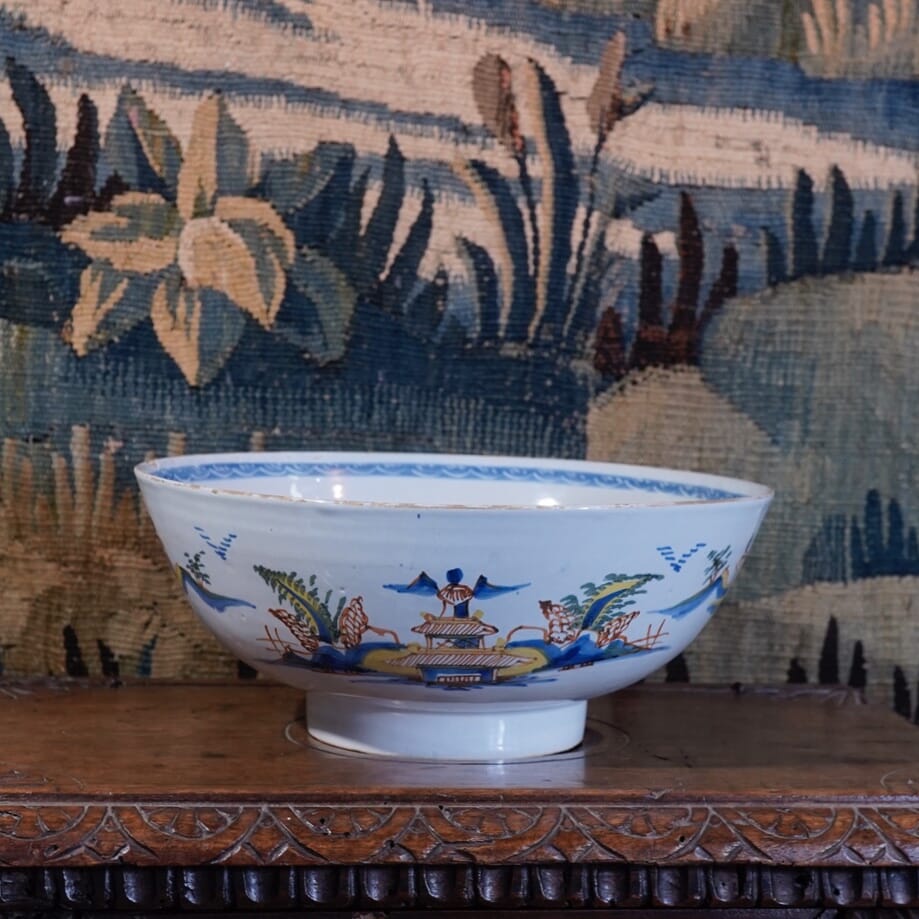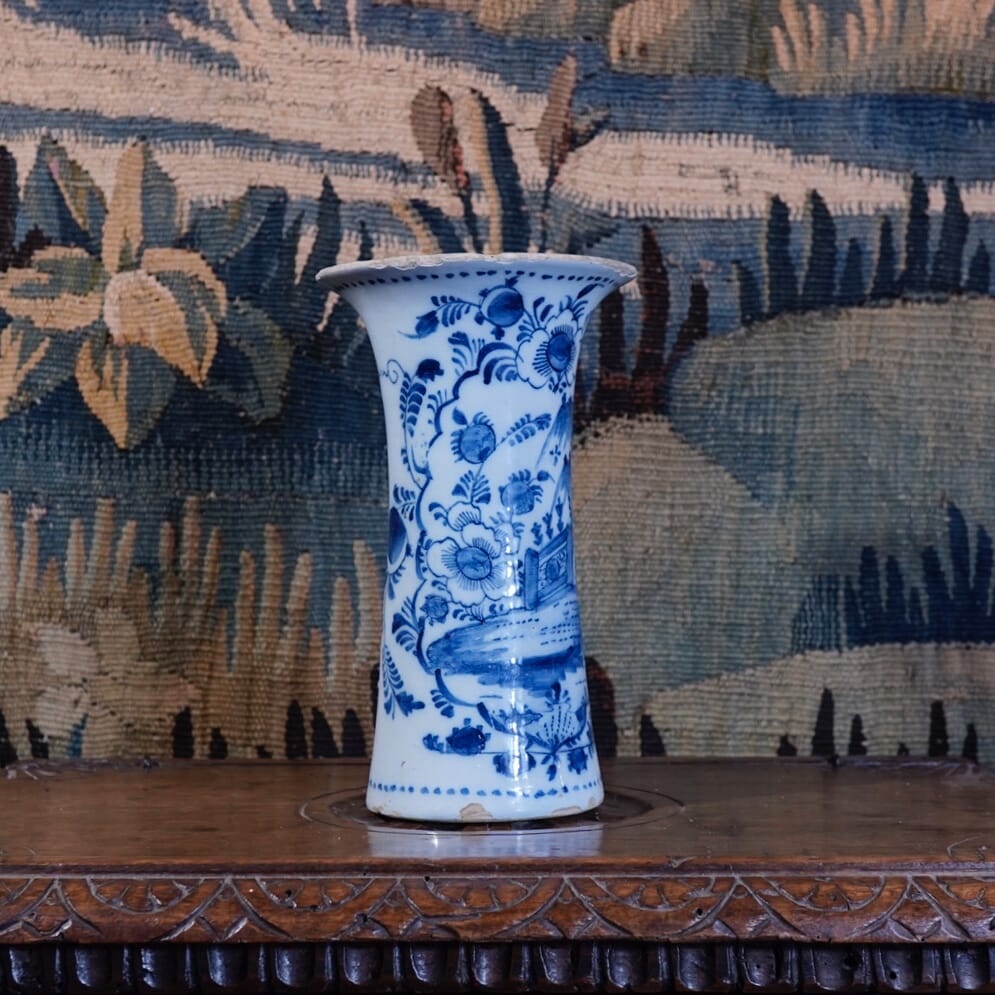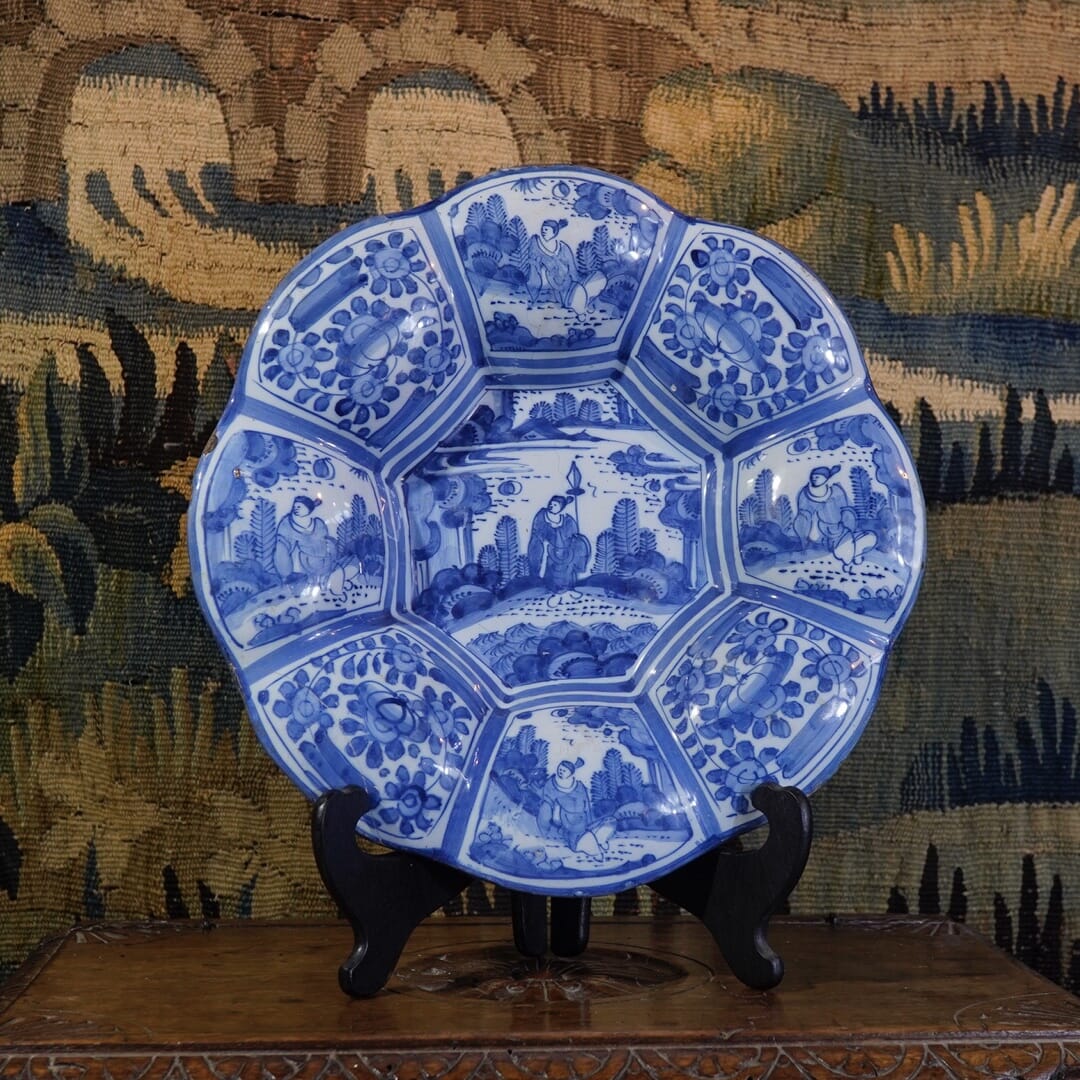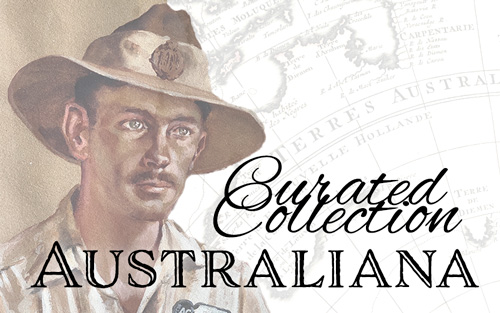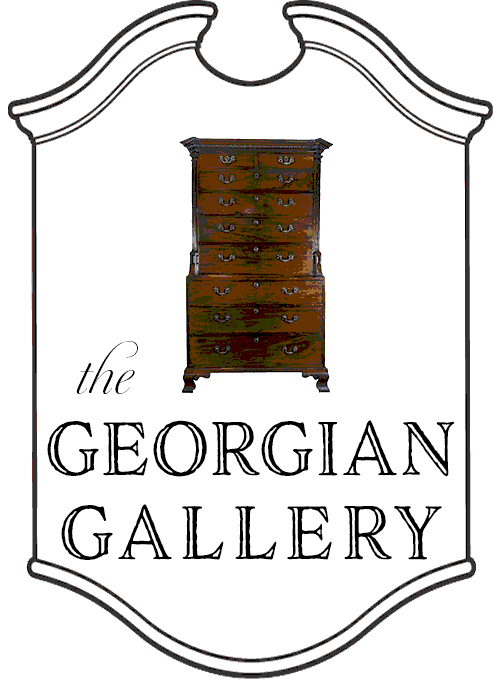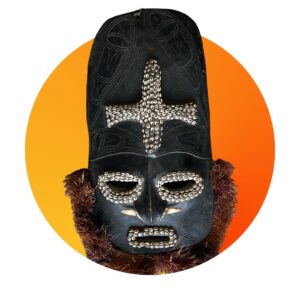Sterling Silvergilt Royal Coronation Spoon, after 12th c. original, 1936
Sold
Royal Coronation Spoon, modelled half-size in Sterling Silver with gilt wash, after the 12th century original still used in coronations, with finely cast & incised details all over the divided bowl and long handle, a beast head at the junction & a flat seal-end to the final twisted tip of handle.
Made for the Royal Coronation of Edward VIII/ George VI, 1936
Hallmarked for London 1936,
maker’s mark ‘S&S Ld’ for Saunders, Shepherd & Co Ltd
15.7cm.
31.5g silver
Good condition with minor signs of age.
While George VI was crowned in May 1937, it should have been Edward VIII; George VI simply stepped into the role, and even kept the same date, 12th May 1937. This spoon would have been created in anticipation of Edward VIII’s event, but would have been just as suitable for George VI, as it doesn’t bear any names – unlike many other pieces, which were made in anticipation of the coronation that never happened!
The Anointing Spoon is the earliest piece of British Royal regalia to have survived. Stylistically 12th century, it is thought to have been made in the Royal workshops for Henry II (1133-89) or Richard I (1157-99). It is first recorded in the Royal inventory in 1349, described as ‘antique’.
The divided form is unusual, indicating it was not made for eating with, but for ritual; the suggestion is it was for mixing wine and water in a church ritual. James I was the first monarch to use it as a coronation spoon in 1603, and it has been used in every subsequent coronation since.
The Royal Collection website states the following about the spoon:
“The anointing is the most sacred part of the coronation ceremony, and takes place before the investiture and crowning. The Archbishop pours holy oil from the Ampulla (or vessel) into the spoon, and anoints the sovereign on the hands, breast and head. The tradition goes back to the Old Testament which describes the anointing of Solomon by Zadok the Priest and Nathan the Prophet. Anointing was one of the medieval holy sacraments and it emphasised the spiritual status of the sovereign. Until the seventeenth century the sovereign was considered to be appointed directly by God and this was confirmed by the ceremony of anointing. Although the monarch is no longer considered divine in the same way, the ceremony of Coronation also confirms the monarch as the Supreme Governor of the Church of England.”
This smaller version would have been a luxury ‘souvenir’ of the 1936 coronation of George VI.
| Condition | |
|---|---|
| Size | |
| References |
Sold - let us find you another

